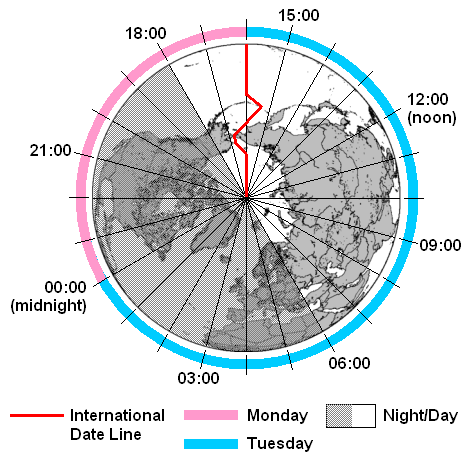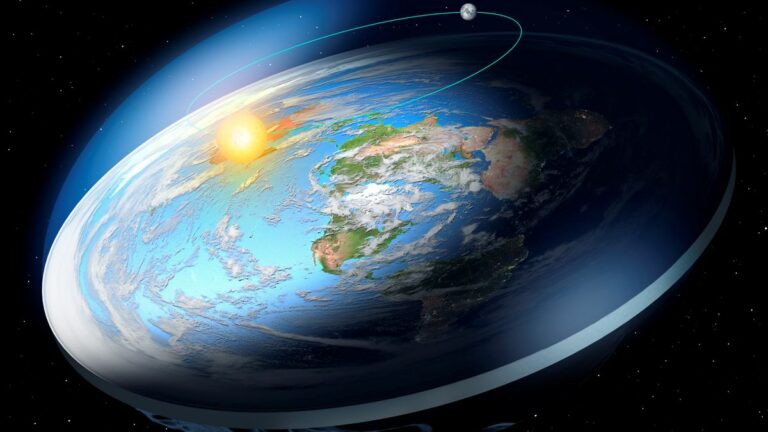Why is it impossible for the Earth to be flat ?
The notion of a flat Earth has persisted throughout history, despite overwhelming scientific evidence that firmly supports the fact that our planet is a sphere. Countless observations, experiments, and advancements in various fields of science have unequivocally debunked the idea of a flat Earth. Let’s delve into why the Earth’s flatness is an impossibility according to scientific reasoning.
1. Gravity and Planetary Formation:

Gravity plays a pivotal role in shaping celestial bodies. Planets, stars, and moons are naturally drawn into spherical shapes due to gravity’s constant force pulling matter towards their centers. The Earth’s spherical shape is a direct result of this gravitational force acting upon its mass.
2. Space Exploration and Observations:
The wealth of data and imagery from space exploration unequivocally supports the Earth’s spherical nature. Images captured by satellites, space missions, and astronauts clearly display the curvature of our planet. These observations stand as tangible evidence contradicting the notion of a flat Earth.
3. Eratosthenes’ Calculations:
In ancient times, Eratosthenes made a groundbreaking calculation of the Earth’s circumference using simple observations of shadows in different locations. His accurate estimation, made over two millennia ago, provided compelling evidence for the Earth’s curvature.
4. Navigation and Time Zones:

Practical applications such as navigation systems for ships and planes heavily rely on the Earth’s spherical model. Time zones exist due to the curvature of the Earth, explaining the variation in daylight hours across different regions.
5. Astronomical Phenomena:
Observations during astronomical events, like lunar eclipses, consistently showcase the Earth casting a round shadow on the Moon. This phenomenon directly aligns with the Earth being a spherical object.
6. Theoretical Physics and Natural Laws:
Fundamental principles of physics, including the behavior of light, gravity, and celestial motion, are consistent with a spherical Earth. The laws governing these phenomena align seamlessly with the understanding of Earth’s shape as a sphere.
Despite the overwhelming scientific evidence, the idea of a flat Earth persists among certain groups. However, these beliefs are not supported by empirical evidence and contradict centuries of scientific exploration and discovery.
In conclusion, the concept of a flat Earth stands in stark contrast to the extensive body of evidence supporting the Earth’s sphericity. The culmination of observations, experiments, and theoretical frameworks across multiple scientific disciplines unequivocally confirms that our planet is indeed a globe.
Understanding and accepting the Earth’s true shape not only fosters scientific literacy but also encourages a deeper appreciation for the wonders of our natural world.
Do not forget to share your opinion with us to provide you with the best posts !




0 Comments